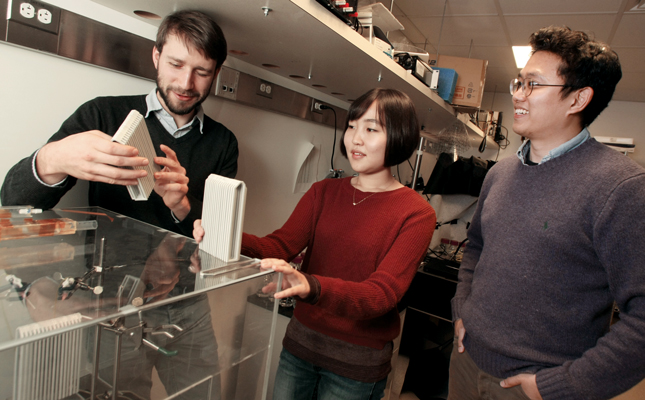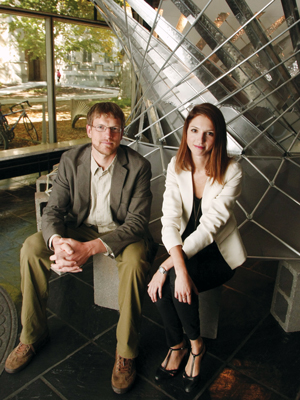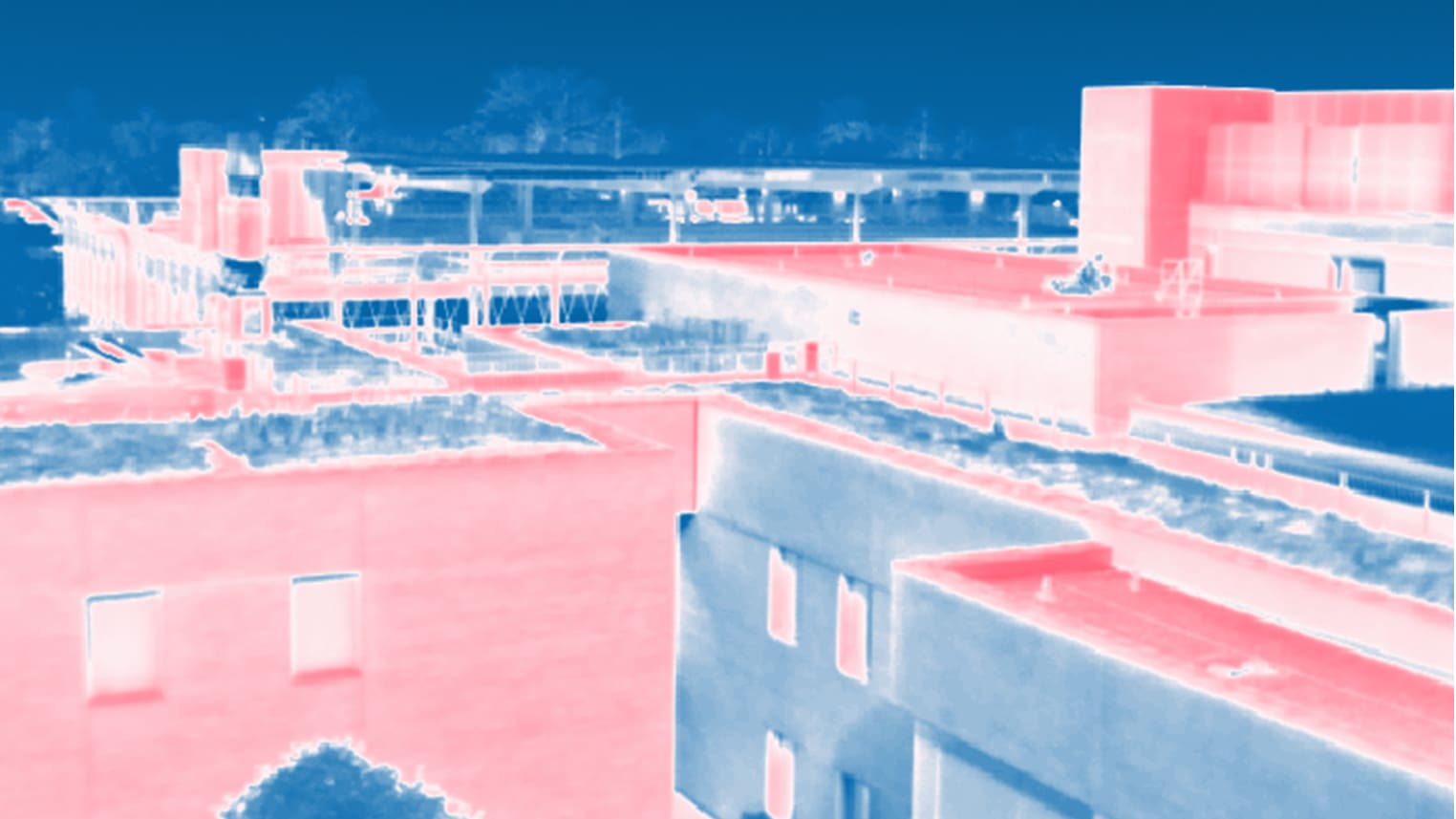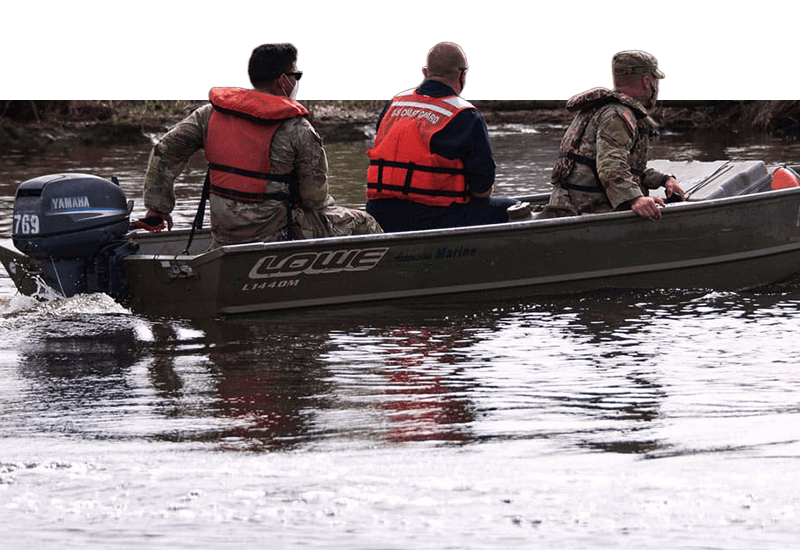Water may be key to countering summer heat in buildings
By
on

As the world’s climate heats up, buildings in tomorrow’s cities will need innovative solutions to keep cool.
Channeling streams of water on a building’s skin or spraying a water mist around a structure could be unique ways to solve this issue with minimal use of energy. A team of Princeton researchers spanning two engineering departments and architecture is exploring the cooling effect of water on architecture – from small-scale prototypes to full-size structures.
“Urban surfaces are dry and dark. They absorb a lot of heat,” said Elie Bou-Zeid, associate professor of civil and environmental engineering. In a series of studies, Bou-Zeid found that spraying water on buildings could dramatically cool the surface temperature and may combat the urban heat island effect that makes cities warmer than rural areas. Having a wall with a water-flowing feature, which Bou-Zeid calls evaporative walls, or “e-walls,” would be a good alternative to green walls and roofs, which serve much the same purpose but require soil and frequent maintenance.
To better analyze the idea, Bou-Zeid turned to the fluid dynamics expertise of Howard Stone, the Donald R. Dixon ’69 and Elizabeth W. Dixon Professor of Mechanical and Aerospace Engineering. Suin Shim, a graduate student, and Sangwoo Shin, a postdoctoral researcher, both in Stone’s group, built experimental models of specially treated aluminum, called boehmite, to test the effectiveness of an e-wall. Water already likes to hug the surface of aluminum – boehmite makes it do so even more. Built with thin rails and staggered together to increase the surface area, the e-wall model was a success.

“The temperature drop between inside and outside was five degrees,” said Shim.
The e-walls work more effectively with as little water as possible, according to tests. Bou-Zeid also calculated that a south-facing e-wall would use less water than a typical four-person household. Future e-walls could also use gray water (household waste water not from toilets), further cutting down water usage.
The work meshed with the research interests of Forrest Meggers, assistant professor of architecture and the Andlinger Center for Energy and the Environment. Megger’s group built Cool Oculus, a tower prototype that sprays a water mist to decrease a building’s interior temperature. Meggers and students had also built the Thermoheliodome, a pavilion that creates a feeling of coolness inside by using tubes of water embedded within the structure’s walls. Reflective mylar covers the structure’s walls, which “radiate” the water’s coolness onto occupants. These projects could inform what a future e-wall could look like, Meggers said.
“You can have a closed loop of water inside the wall,” said Meggers. “You take evaporative cooling and deploy it into the structure of a wall.”








